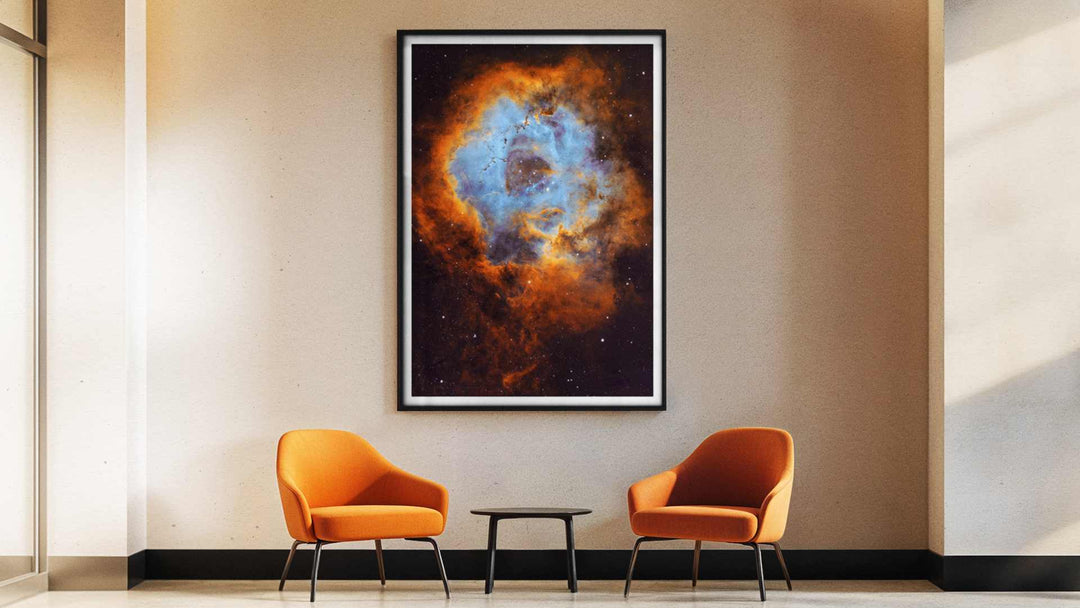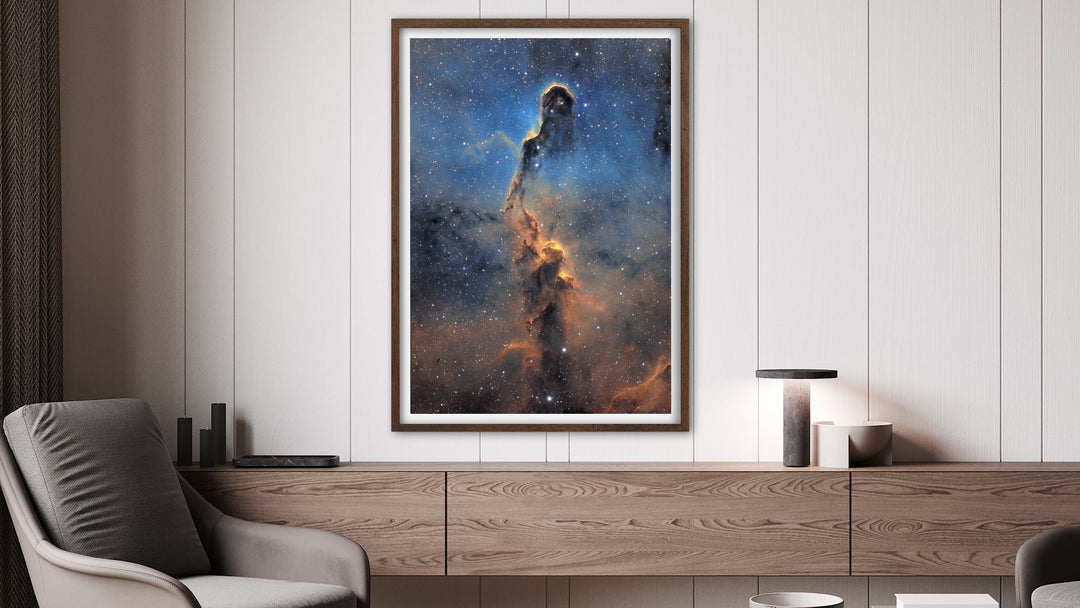Paweł Radomski: Blue Lantern on a Grey Shore (LDN 1448 and vdB 13) - Two Years of Waiting for the Perfect Night
Every clear night in winter 2023. Then winter 2024. Then into 2025. Paweł Radomski kept returning to the same dark skies above southern Poland, waiting for the moment when the Moon would hide, the clouds would part, and the data would finally accumulate. Two years. Countless rejected nights. The weather that refused to cooperate except when the full Moon blazed overhead.
But when you've fallen in love with curved dust bands and a nearby blue pearl—when you've glimpsed something extraordinary on AstroBin and can't let it go—you wait. You collect every frame you can. You endure the Polish weather. And eventually, you capture something that wins second place in the Astrophotography Prize 2025, recognized as the best submitted from your entire country.
This is LDN 1448 and vdB 13. This is two years of dedication rendered into a single frame. This is a blue lantern glowing beside a grey shore of star-forming dust—and it's worth every night of waiting.
The story behind this image is quite hardcore. Back in early 2023, I came across a photo of this region on AstroBin, and I almost instantly fell in love with those curved, swollen bands of dust and the nearby blue pearl, vdB 13. Unfortunately, in southern Poland where I photograph, the weather isn’t always kind—and when the sky finally clears, Murphy’s law kicks in: it’s usually a full moon. Capturing dark nebulae under the bright glow of the Moon is never a good idea, so I had to wait, and time kept passing. - Paweł Radomski
Where Stars Are Being Born Right Now
LDN 1448 is a dark molecular cloud in the Perseus complex, roughly 1,000 light-years away. But "dark cloud" doesn't capture what this region truly is: a stellar nursery in its most violent, most active phase.
Embedded within LDN 1448 are several infrared sources marking embedded protostars—embryonic stars still swaddled in the gas and dust from which they formed. The most remarkable discovery came from ALMA, the Atacama Large Millimeter Array: IRS 3B is a triple protostar system, three baby stars forming simultaneously within a single disk. These aren't separate objects—they're fragments of one disk undergoing fragmentation, separated by merely 61 and 183 astronomical units (AU), still connected by gravitational bridges and disk material.
IRS 3B is younger than 150,000 years old. That's not just young by cosmic standards—that's a newborn measuring mere hours in the life of a star. The disk shows spiral structure and fragmentation patterns, offering astronomers a direct window into how multiple-star systems form from the collapse of a single cloud.
Around IRS 3B swirl Herbig-Haro shocks—violent jets of material ejected from protostellar outflows at hundreds of kilometers per second, colliding with surrounding gas and creating glowing shock fronts marked HH 193–197. These jets are a signature of active star birth: as protostars accrete material and spin up, they launch material perpendicular to their disks at extraordinary velocities. Watching these jets carve through surrounding gas is witnessing the birthpangs of stars.
Adjacent to this stellar nursery sits vdB 13, a compact blue reflection nebula illuminated by a nearby B-type star. This brilliant blue pearl owes its color to the same physics that makes Earth's sky azure: short-wavelength blue light scatters more efficiently through fine interstellar dust particles, while longer red wavelengths pass through unimpeded. The contrast is extraordinary: the deep blue of vdB 13 against the grey-brown dust lanes of the dark cloud, like a lantern shining on a textured shore.
The Two-Year Odyssey: Why This Image Took So Long
From southern Poland, capturing this region demands perfect conditions. The dark nebulae require moonless skies—any moonlight washes out the subtle dust structures. The weather must cooperate—two years of Polish winters offered far fewer clear nights than ideal. And the image required enormous exposure time to reveal not just the soft, arched dust structures but also the intricate background detail that brings depth and dimension to the scene.
Radomski's strategy was ruthless: collect every possible frame during every moonless night when conditions permitted. Span two full seasons. Accept nothing less than comprehensive data.
I spent every possible clear night during the winter season collecting data for this image. I didn’t just want to show the soft, arched dust structures, but also the intricate background detail, which required a lot of exposure time - Paweł Radomski
The result represents hundreds of hours of observing time condensed into a single image—a technical and artistic achievement recognized when it won Runner-up in the Astrophotography Prize 2025, the best submission from Poland.
This isn't just patience. This is obsession channeled into excellence.
Choose Your Quality Level
At Astrography, we are committed to curating a collection of prints that embody great artistic value, scientific significance, and unforgettable stories. We proudly present this award-winning work by Paweł Radomski—a photographic conquest that took two years and two seasons to capture successfully.
"Blue Lantern on a Grey Shore" is more than a title; it is a perfect metaphor for the stunning contrast between the luminous blue reflection nebula vdB 13 ("the lantern") and the dense, dusty LDN 1448 star-forming cloud ("the grey shore"). This is art that rewards deep contemplation and commands attention.
Fine Art Print – Museum-Grade Legacy
Our Fine Art option delivers the full depth of Radomski's two-year vision with archival excellence. Museum-grade materials and premium inks capture the subtle grey-brown dust gradations, the brilliant sapphire of vdB 13, and the intricate background detail that make this image extraordinary. Rated for over 200 years of lifespan—a legacy piece honoring the dedication behind it. For collectors who understand that award-winning space art deserves materials as exceptional as the vision itself.
Poster – Accessible Beauty
Experience this internationally recognized image at a budget-friendly price. Our poster version delivers the same stunning contrast of blue lantern against grey shore with vibrant colors and sharp detail. Perfect for any space where cosmic wonder belongs. The best work from Poland deserves accessibility.
Why This Piece? The Triumph of the Cosmic Photographer
This print is a testament to the skill, patience, and visual poetry of a master astrophotographer.
-
Award-Winning Art: You are acquiring a piece recognized for its excellence, having been named Runner-up in the Astrophotography Prize 2025 (best photo submitted from Poland). This is a verified, high-value addition to any collection.
-
The Power of Contrast: The composition is a stunning duality: the compact, vivid blue reflection nebula (vdB 13), illuminated by a nearby star, sits adjacent to the dark, opaque LDN 1448 nebula. This region is a hyper-active zone of multiple-star formation, hosting incredibly young triple protostar systems (under 150,000 years old).
-
A Two-Year Quest: Radomski fell in love with this challenging target, but fought against poor weather and relentless moonlight for two full winter seasons (2023/2024 and 2024/2025) to gather the necessary exposure. When you look at the intricate arched dust structures and fine background detail, you are seeing the direct payoff of this epic effort.
This Print is Essential For
-
The Dedicated Observer – You understand what it means to return to the same target night after night, season after season, waiting for the right conditions. You know weather defeats more imaging projects than equipment ever could. You recognize that this image—refined across two years and two seasons—represents not just technical skill but the stubborn persistence that separates dreamers from achievers. This is your kindred spirit captured in starlight.
-
The Astronomy Scholar – You study star formation. You know what IRS 3B means: a triple protostar system younger than 150,000 years, a direct window into multiple-star formation. You've read about Herbig-Haro shocks and disk fragmentation. You understand that vdB 13 isn't just a pretty blue nebula—it's a reflection nebula textbook definition illuminating an active stellar nursery. This print makes that science visible and beautiful.
-
The Prize-Winner Collector – You seek images recognized by the astronomical community. This isn't just an outstanding print—it won second place in the Astrophotography Prize 2025, officially recognized as the best work submitted from Poland. You're building a collection of award-winning space art that speaks to quality and achievement. This is your opportunity to own a medal-worthy image.
-
The Storyteller – You love narratives woven into visual art. This image tells the story of two years of dedication, Polish winter nights, Murphy's law testing patience, and finally—victory. It's a tale of obsession and craft, of refusing to accept anything less than excellence. When you look at this print, you see not just nebulae but the human story of pursuit and achievement.
-
The Contrast Seeker – You're drawn to images where opposites create beauty: dark beside blue, dust beside light, grey beside sapphire. This print offers that contrast in its purest form—a grey shore illuminated by a blue lantern. The visual composition is as striking as the science behind it. This is where art and astronomy merge completely.
-
The Gift for the Resilient – You know someone who's weathered setbacks, who's learned that patience and persistence eventually triumph. Someone who understands that the best things require waiting, repeated effort, and refusal to surrender. This image embodies those qualities. Give them the Blue Lantern—a reminder that two years of effort can create something award-worthy.
Don't Just Decorate. Own a Story. Own the Blue Lantern.
Secure this remarkable piece—a visual conquest that captures the raw, energetic beginnings of new star systems. Transform your space with a print that truly tells a two-year tale of dedication under the stars.

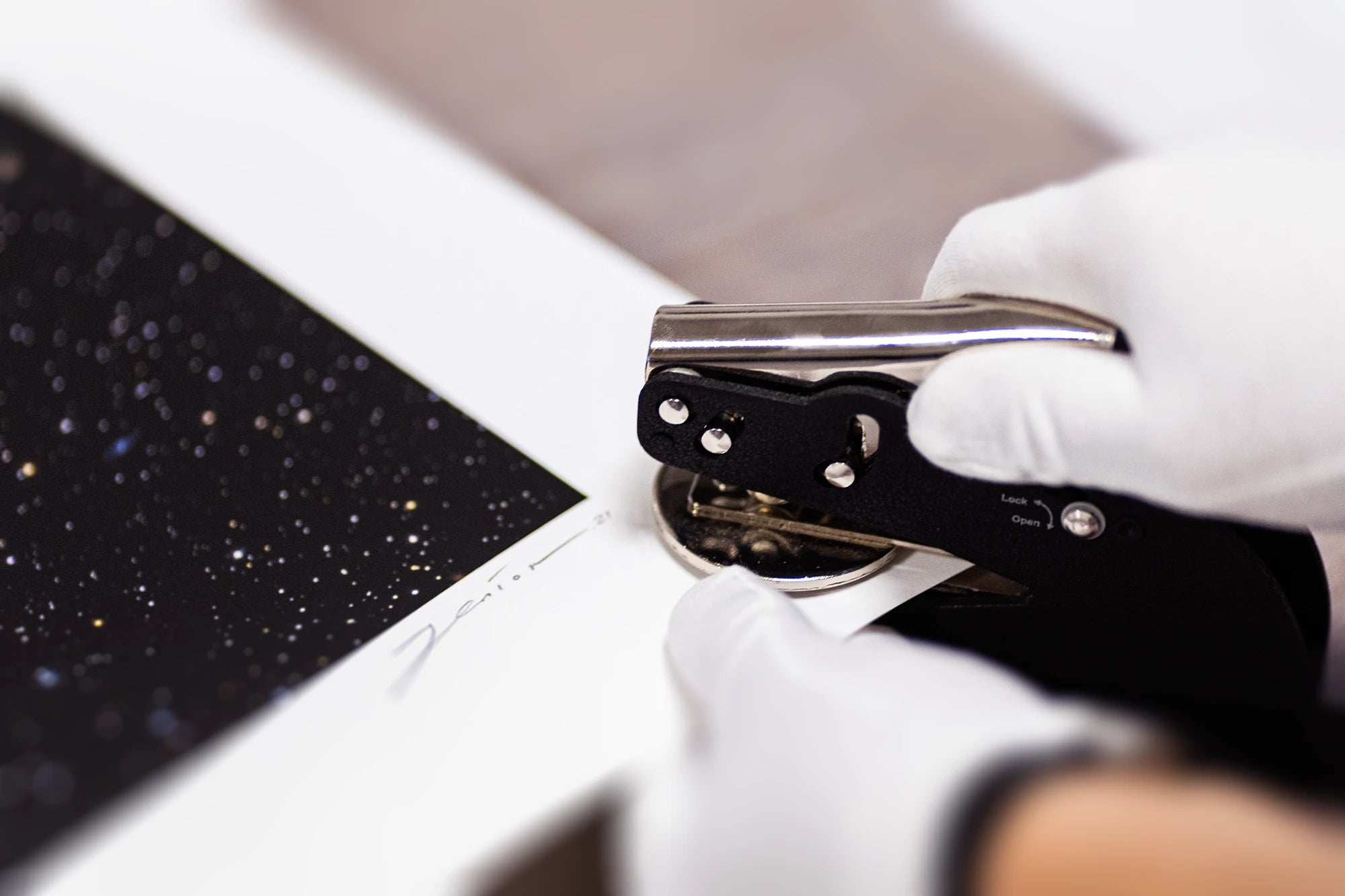
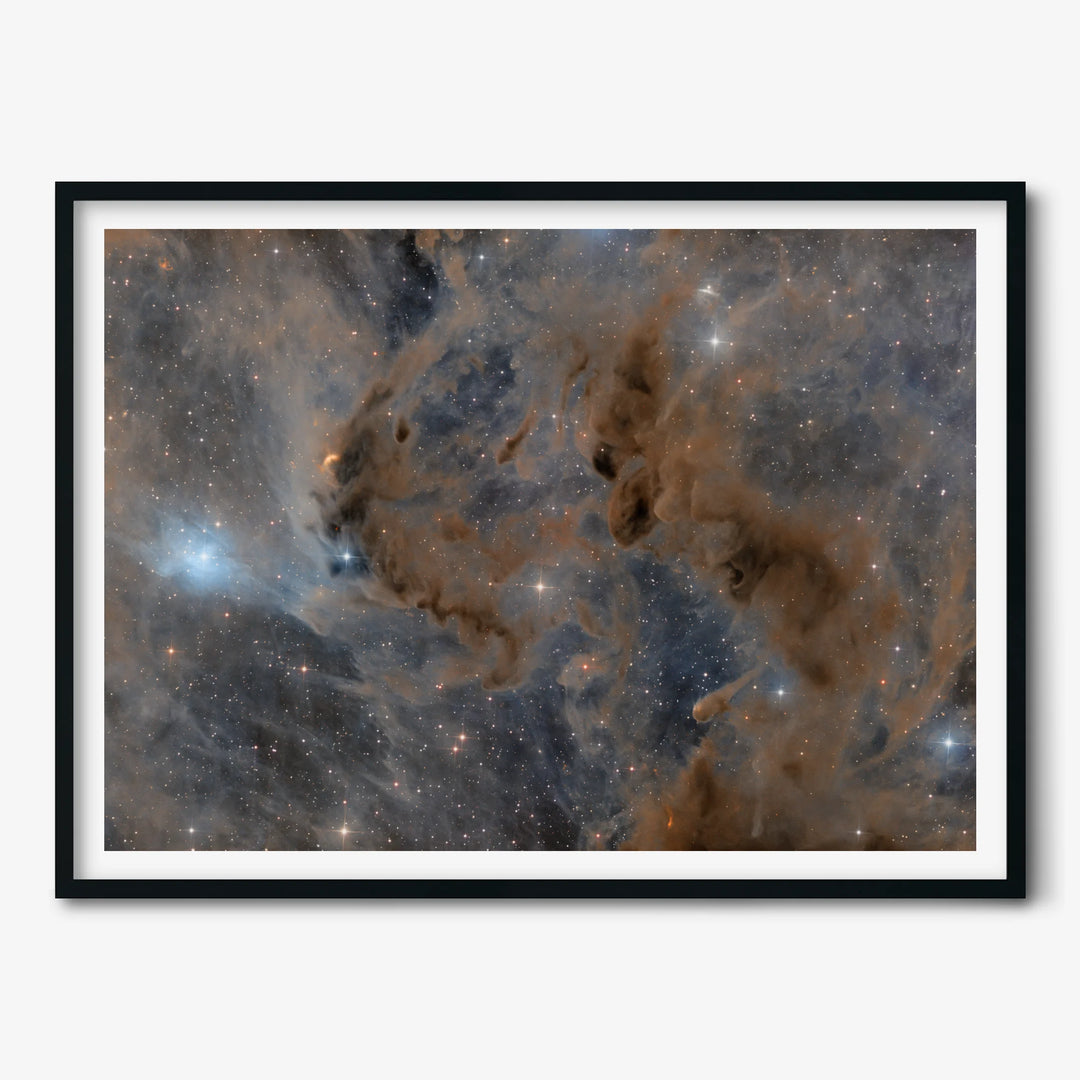
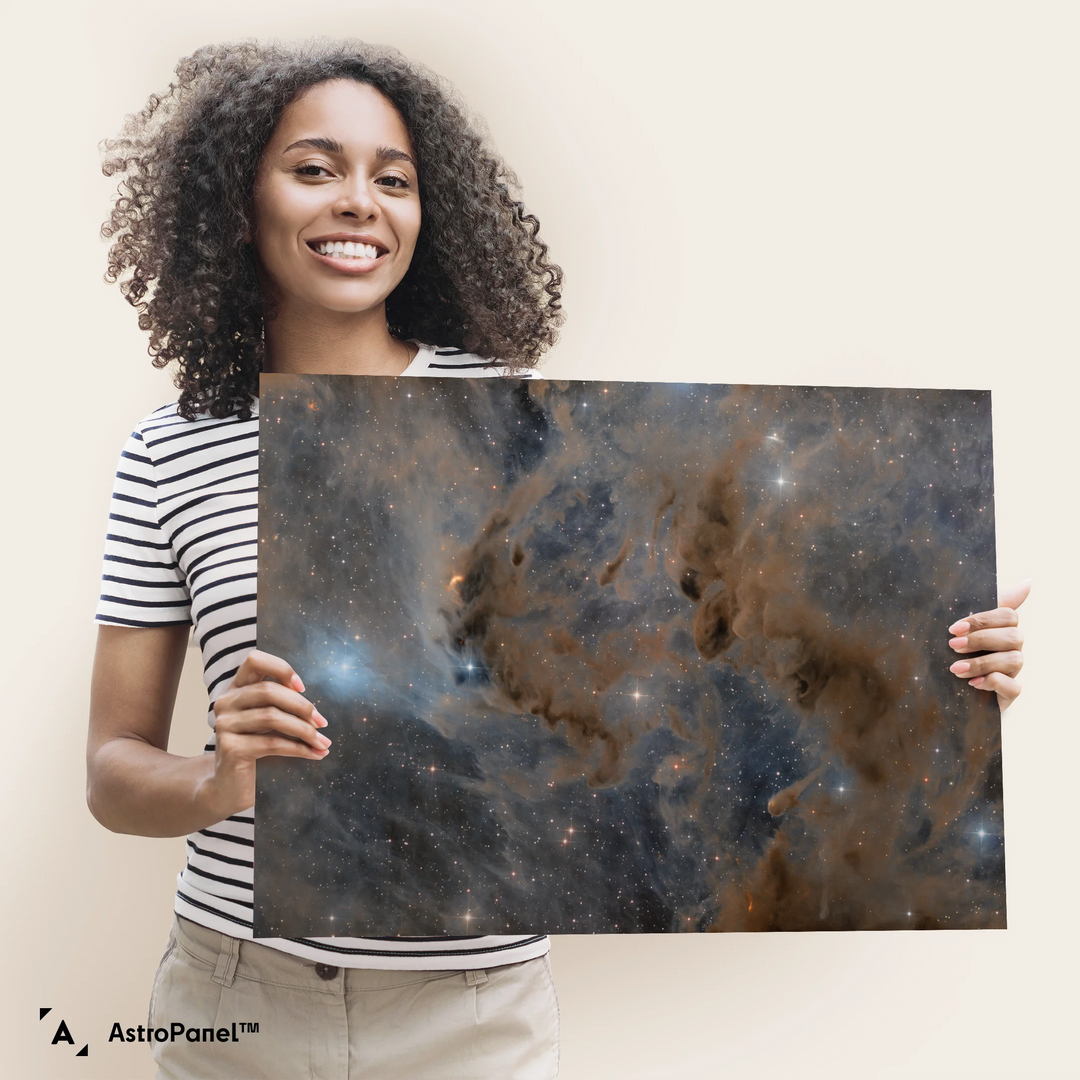

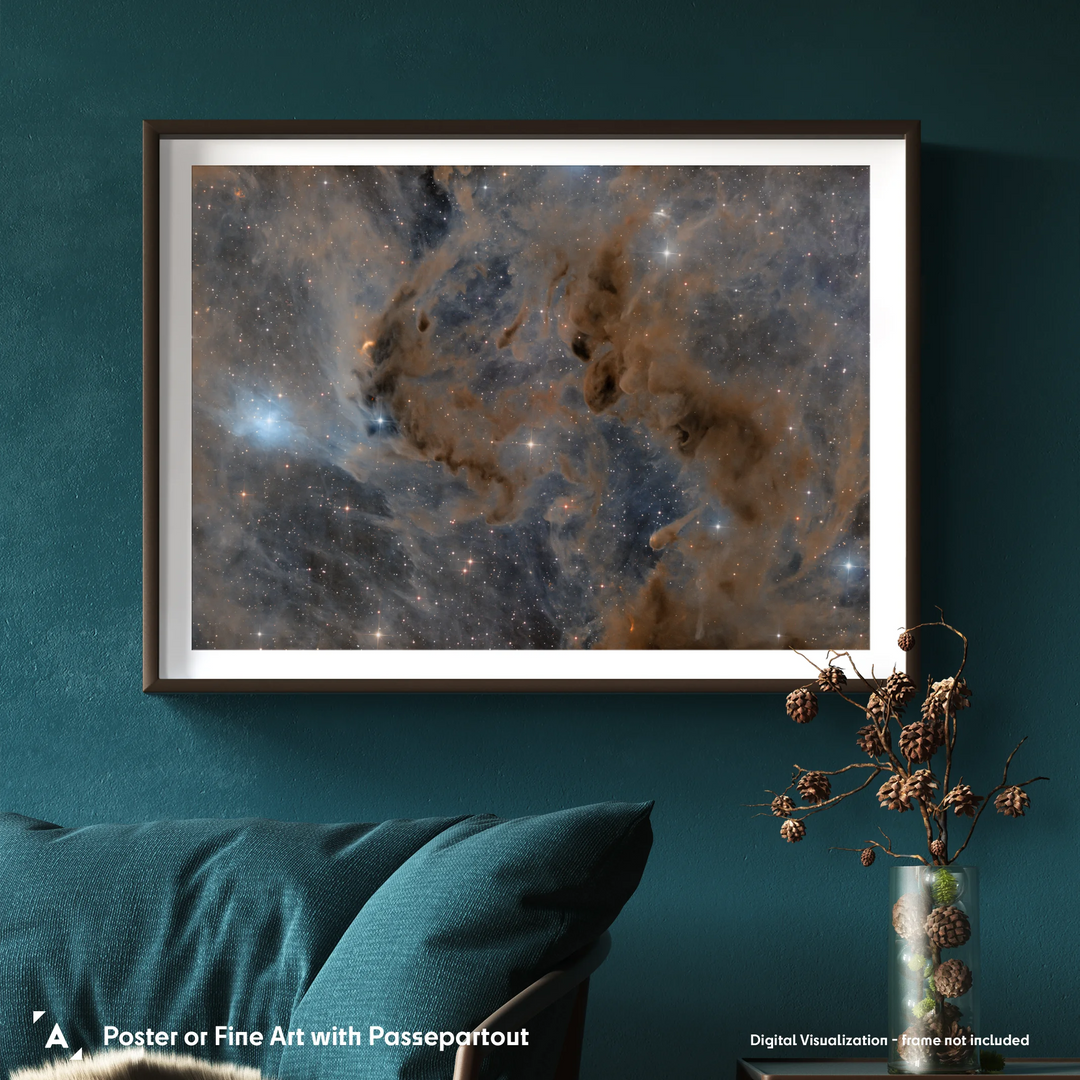

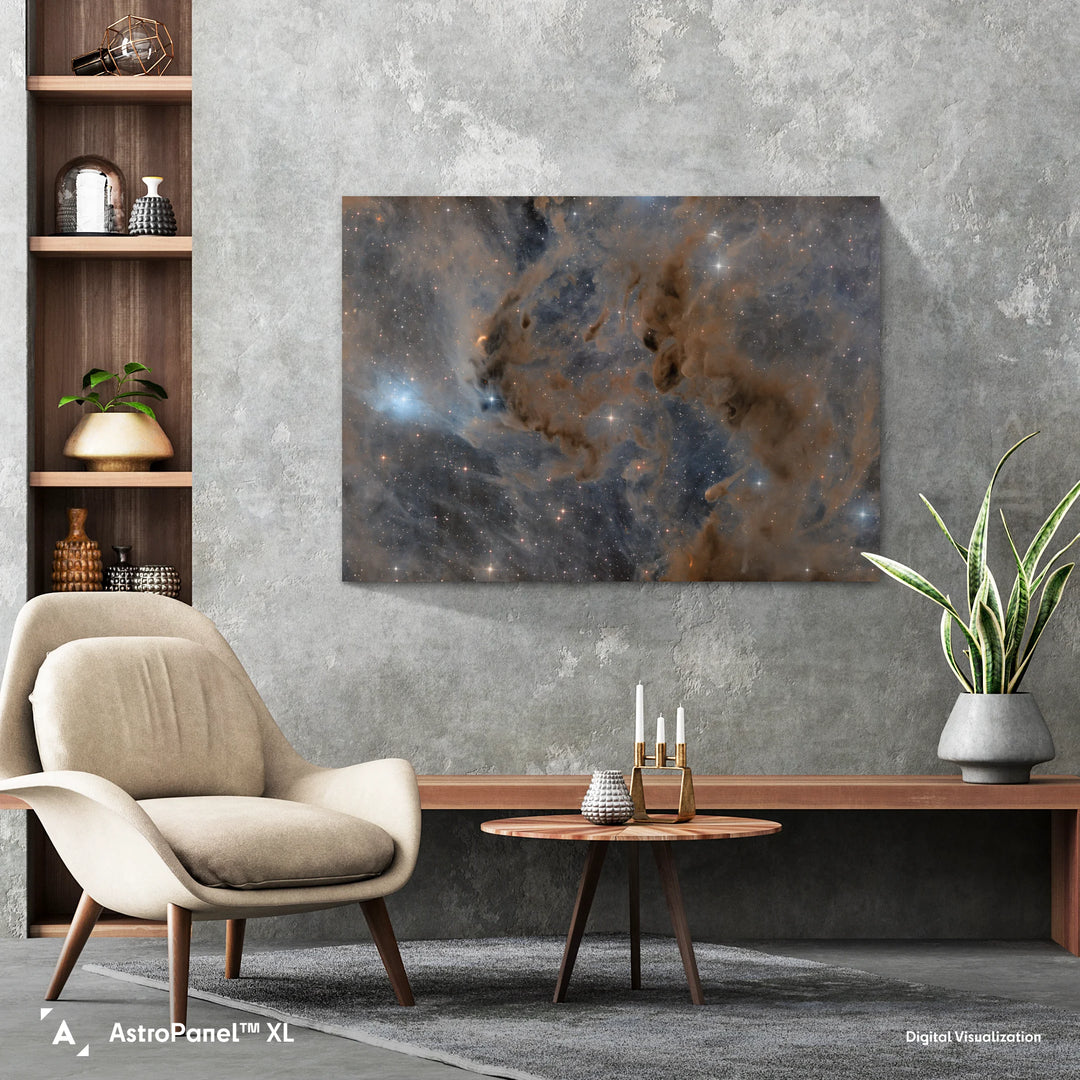
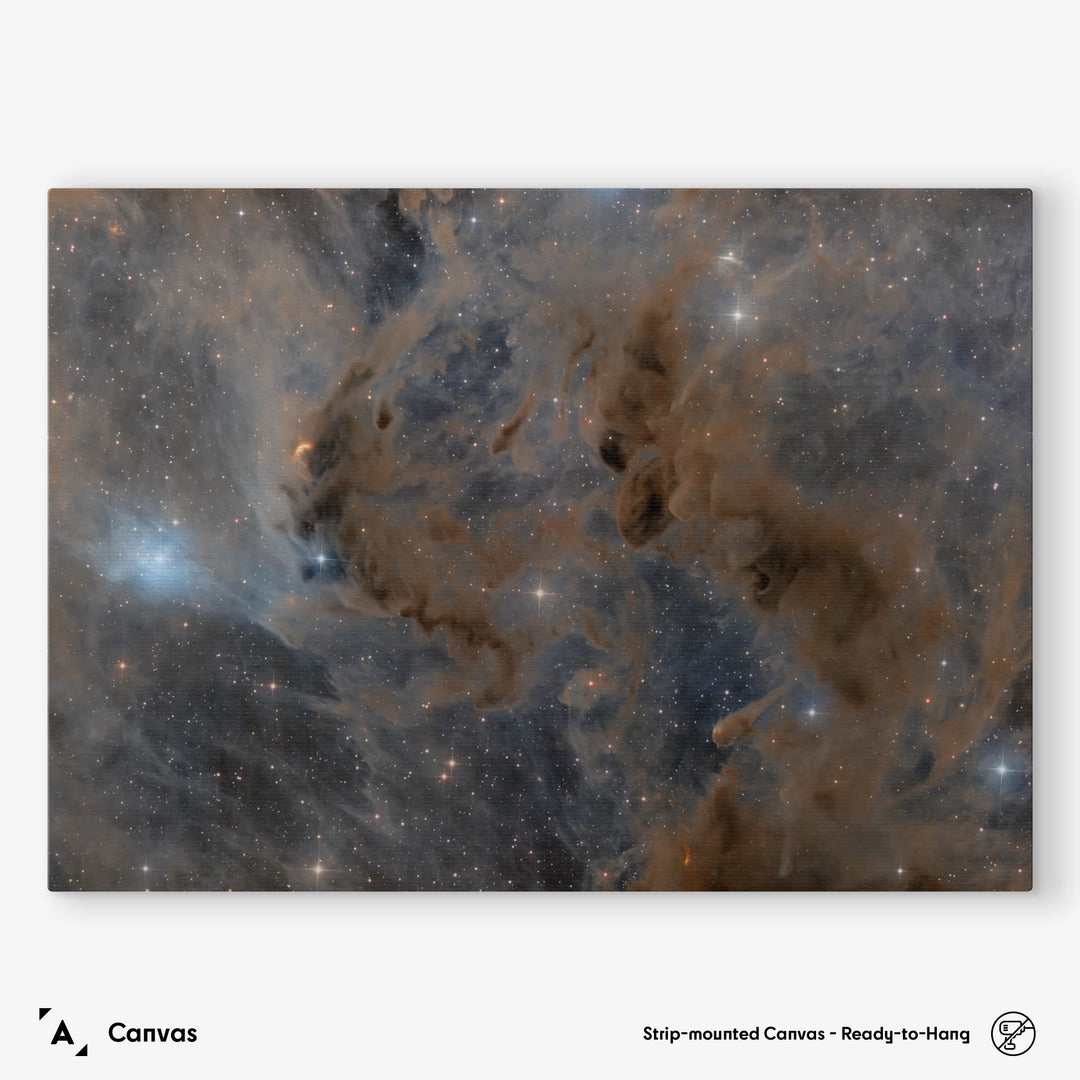



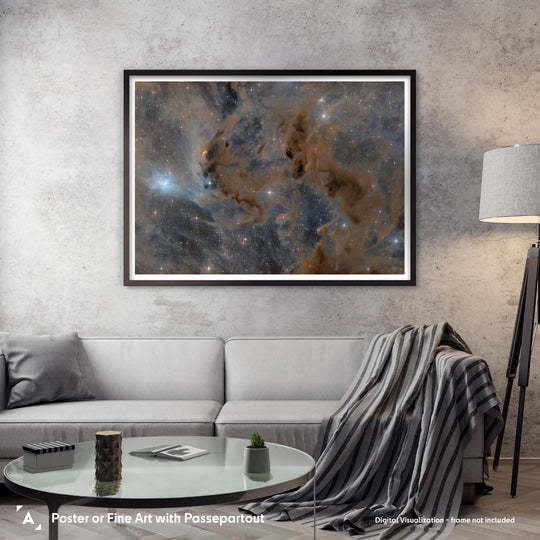
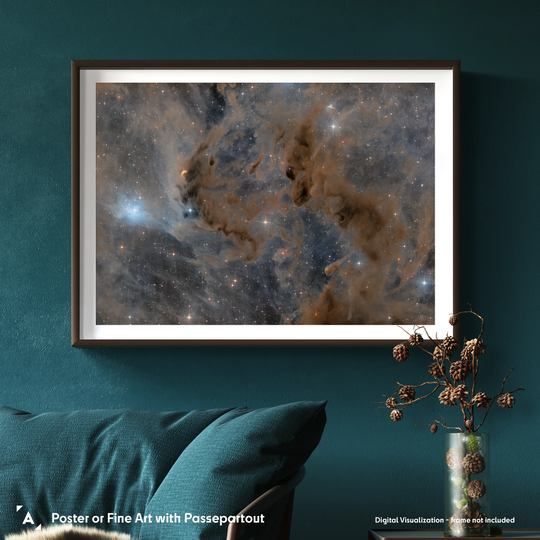
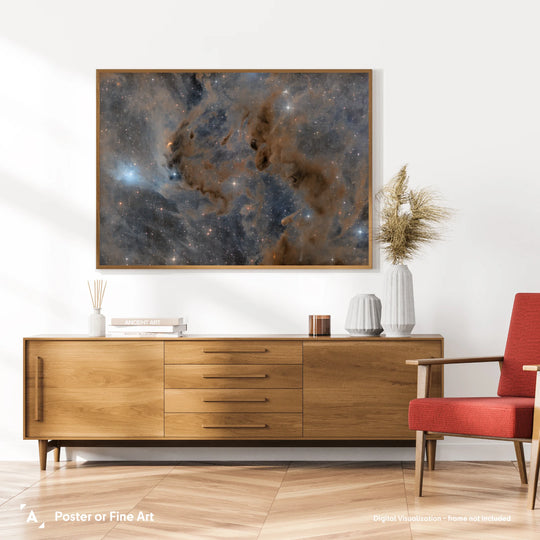

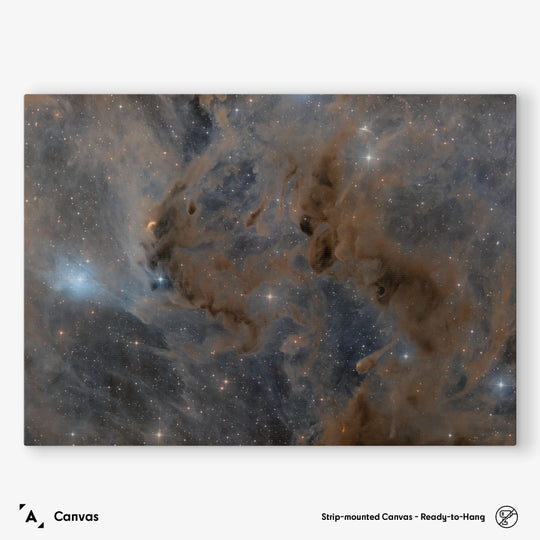
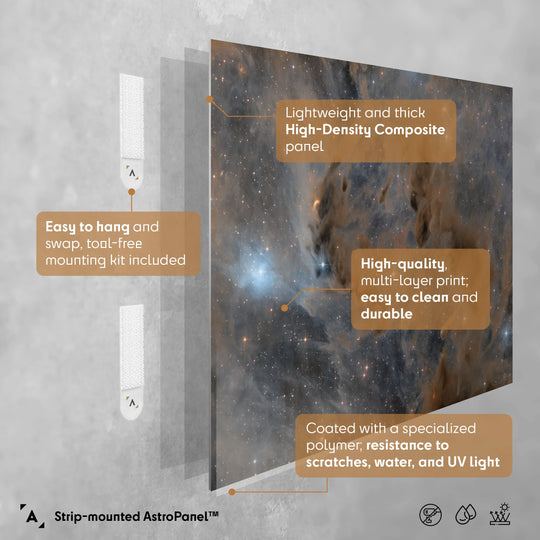


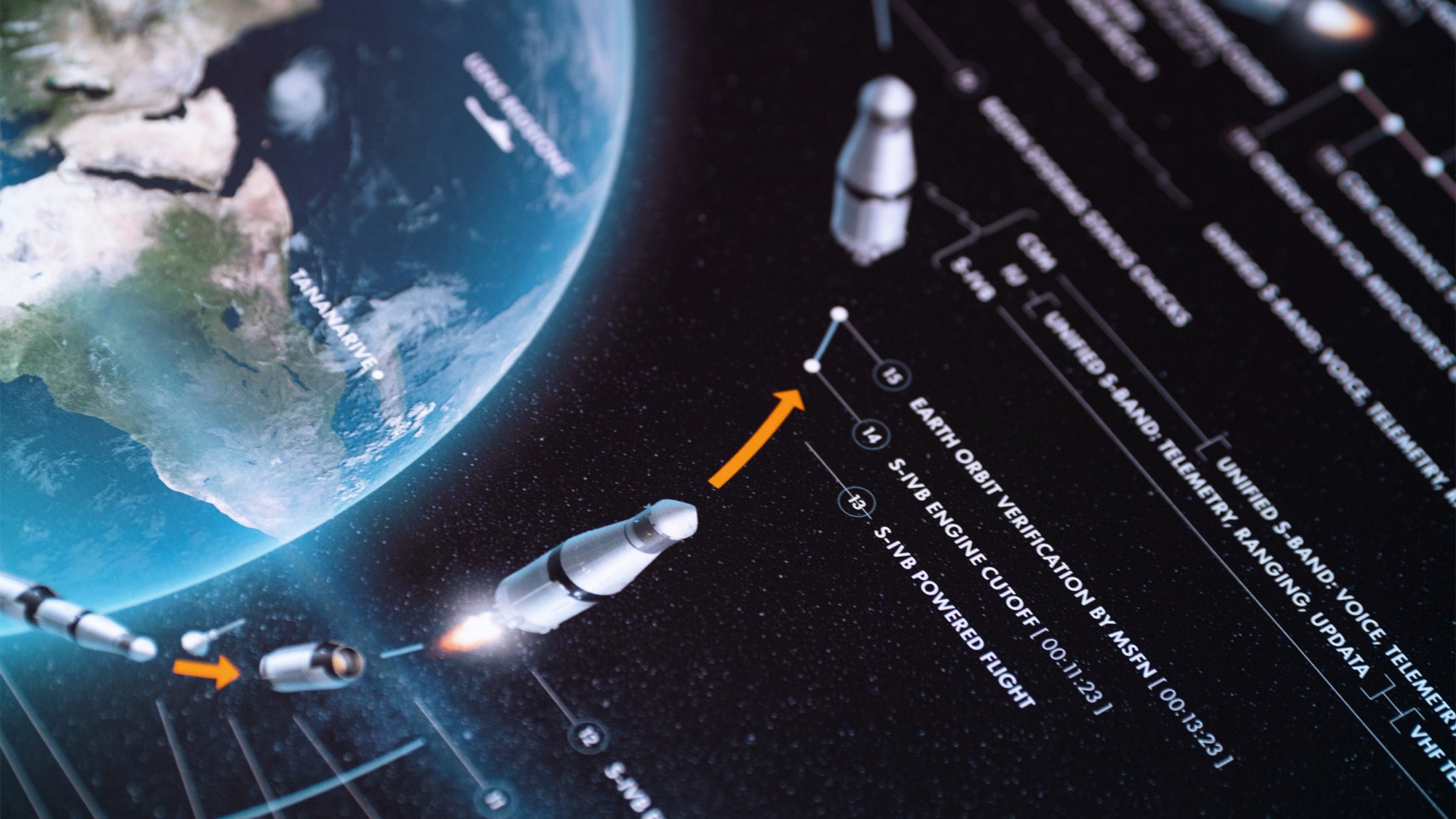

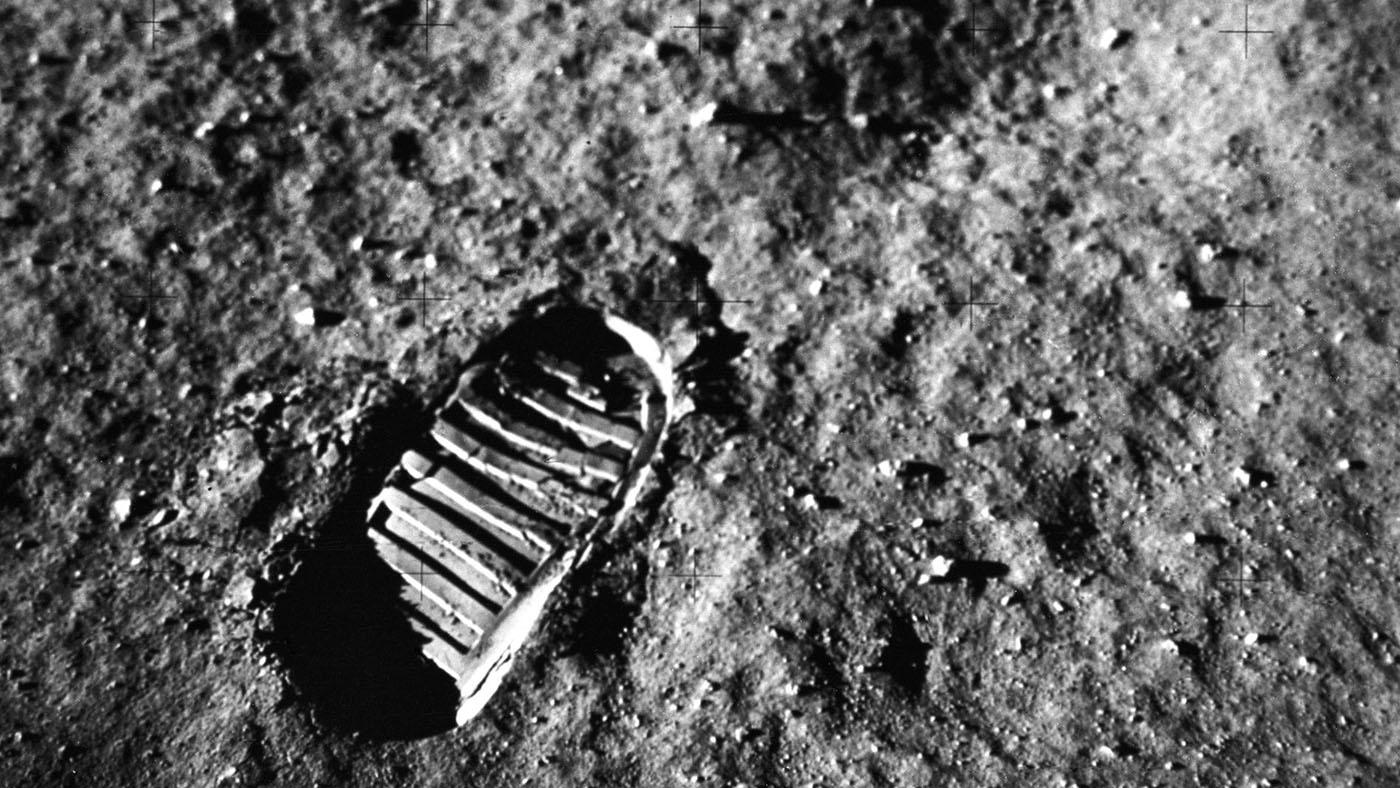
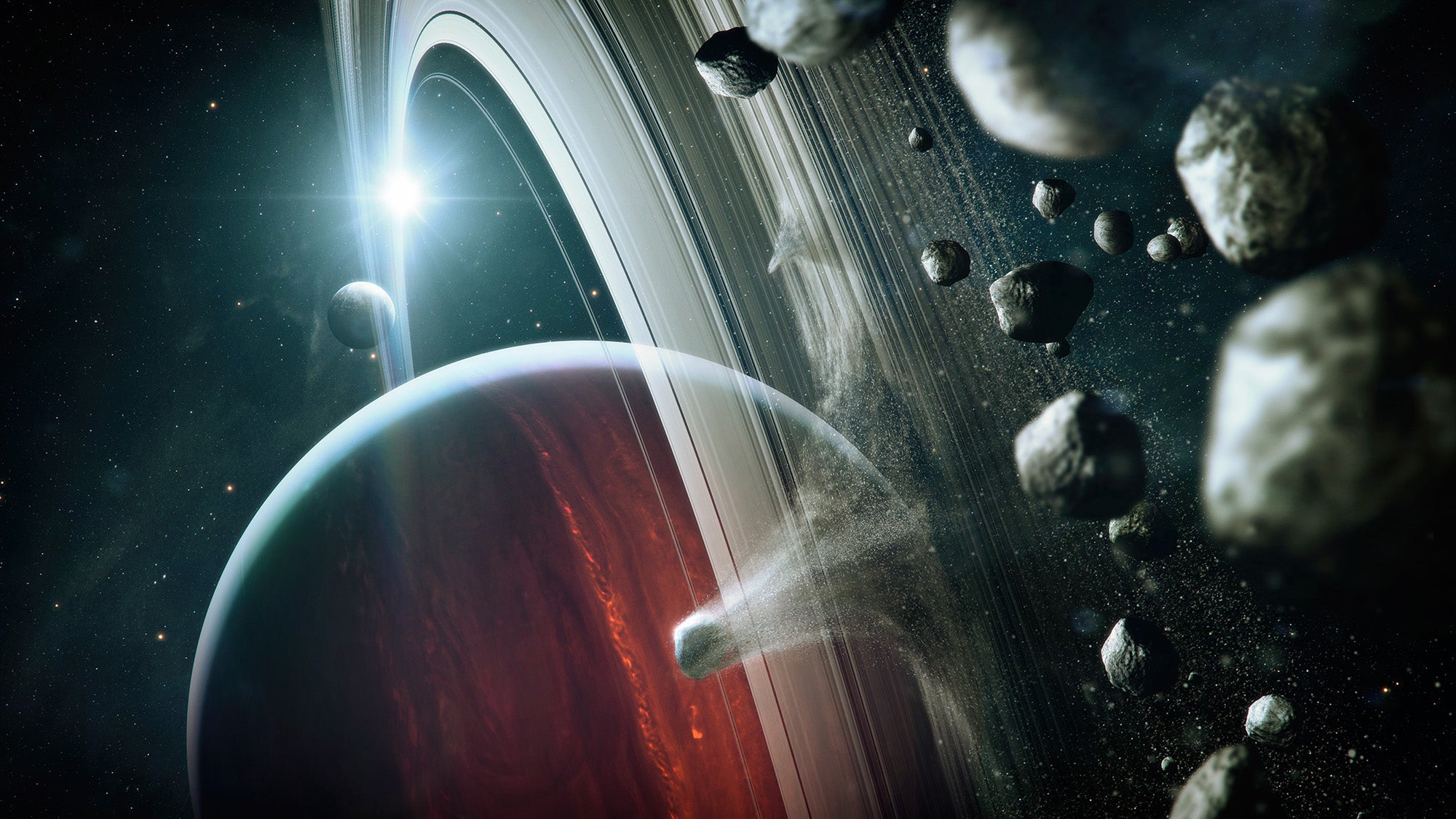
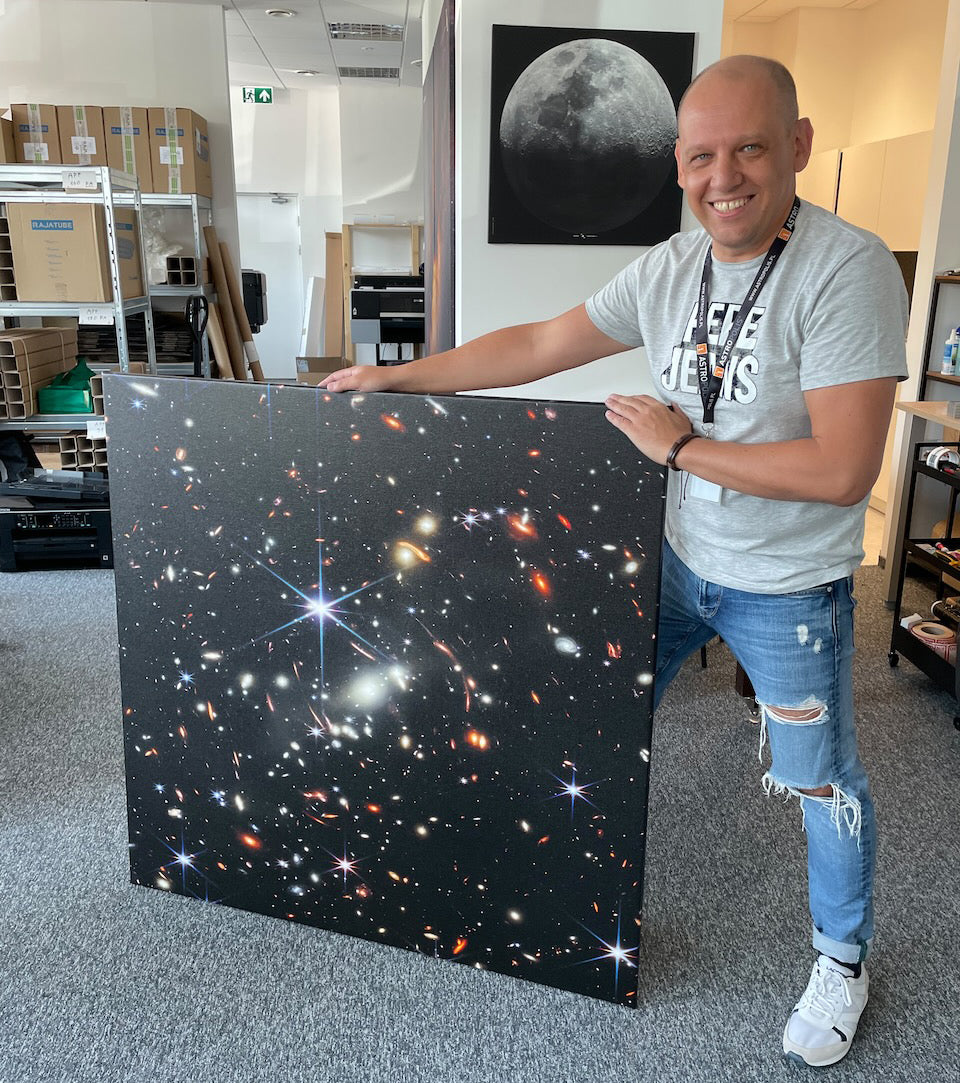
![4 Incredible Space Posters and Wall Art for Man’s Cave [Inspirations]](http://astrography.com/cdn/shop/articles/mans-cave-2-16x9-1_83814d94-574a-4782-a3a0-cf4e59620b81.webp?v=1763116144&width=1080)
